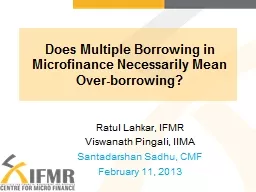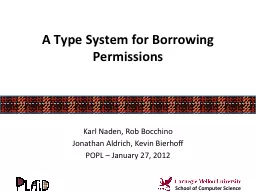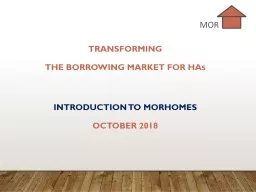PPT-Multiple Borrowing
Author : phoebe-click | Published Date : 2017-07-22
among Microfinance Clients Results from an Area Study Prepared by Ronald T Chua and Erwin R Tiongson July 2012 Background and introduction Overview and Research
Presentation Embed Code
Download Presentation
Download Presentation The PPT/PDF document "Multiple Borrowing" is the property of its rightful owner. Permission is granted to download and print the materials on this website for personal, non-commercial use only, and to display it on your personal computer provided you do not modify the materials and that you retain all copyright notices contained in the materials. By downloading content from our website, you accept the terms of this agreement.
Multiple Borrowing: Transcript
Download Rules Of Document
"Multiple Borrowing"The content belongs to its owner. You may download and print it for personal use, without modification, and keep all copyright notices. By downloading, you agree to these terms.
Related Documents














